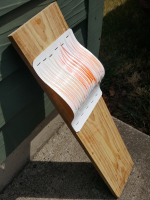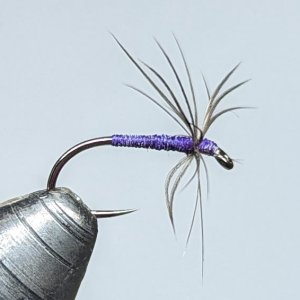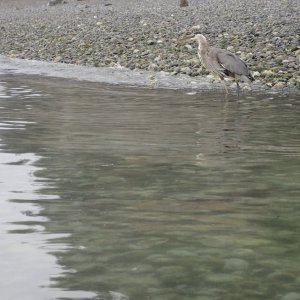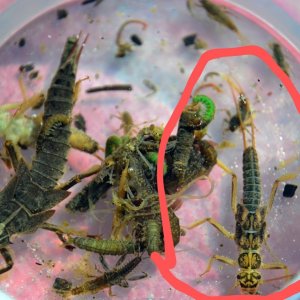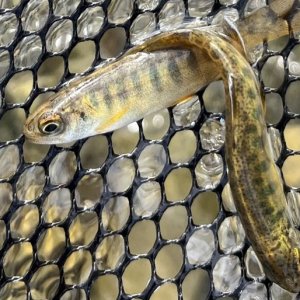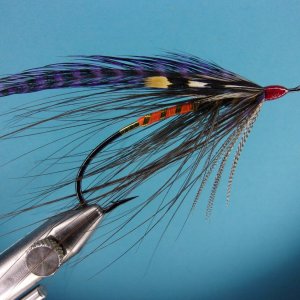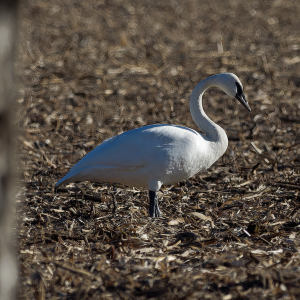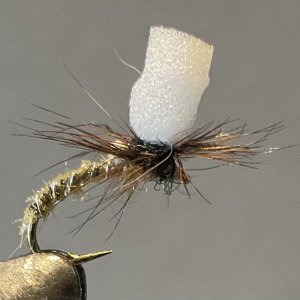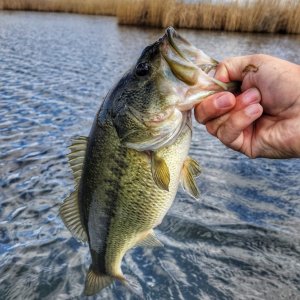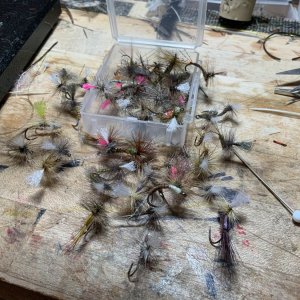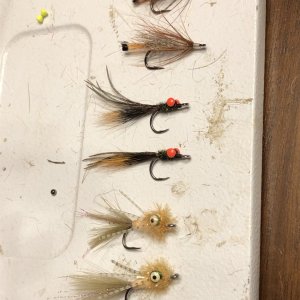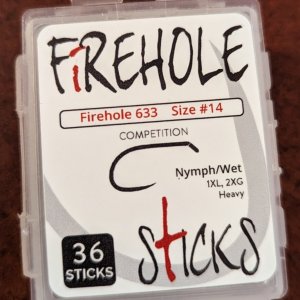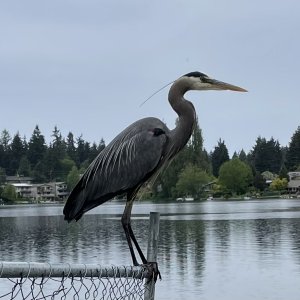Variations on this small squid pattern in white or light pink have been consistent tuna producers for me two seasons and is now my "confidence" fly out there.
I got away from tying them with hackles for tentacles and doing them as a simple, all fiber shape. The problem has been fouling with fibers that have better movement like craft fur.
So, any suggestions on longish furs, or fiber products that have good movement, but less prone to fouling, would be appreciated.
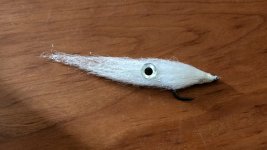
I got away from tying them with hackles for tentacles and doing them as a simple, all fiber shape. The problem has been fouling with fibers that have better movement like craft fur.
So, any suggestions on longish furs, or fiber products that have good movement, but less prone to fouling, would be appreciated.


